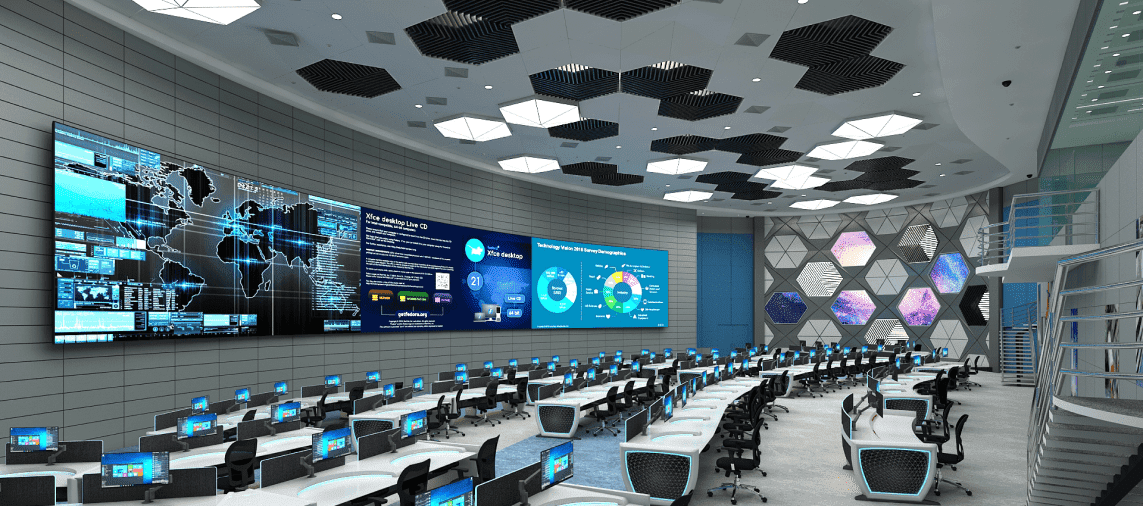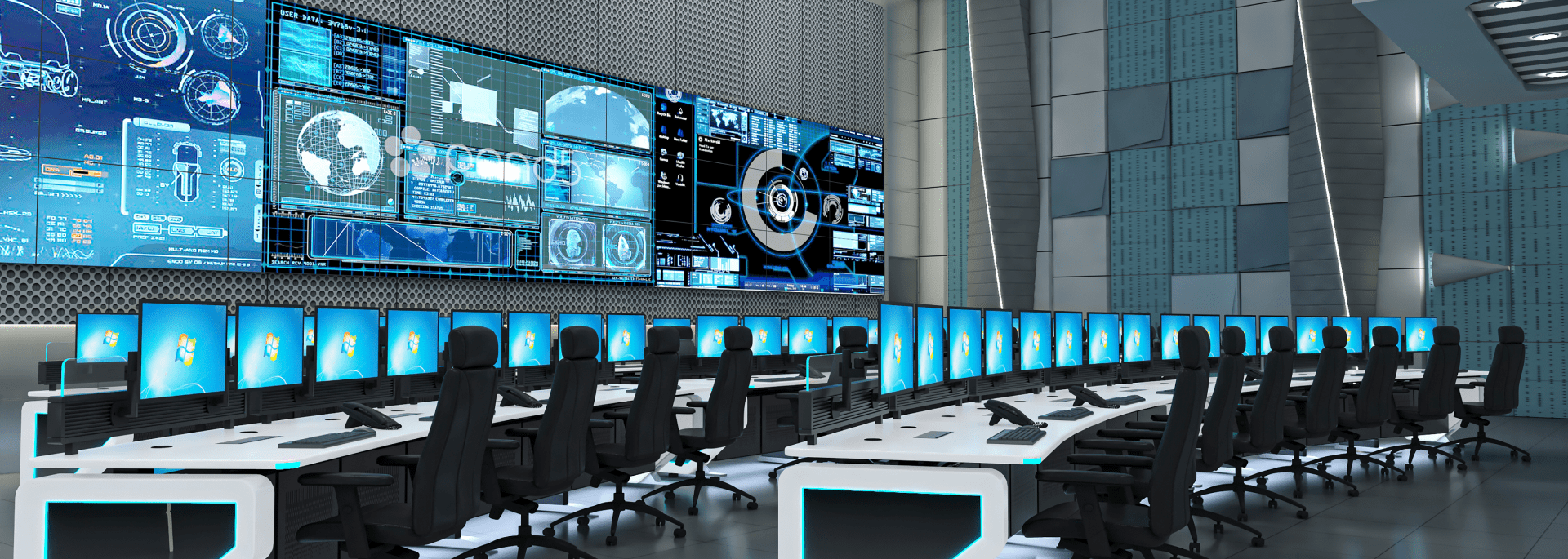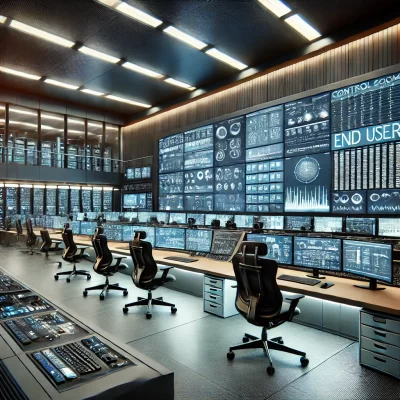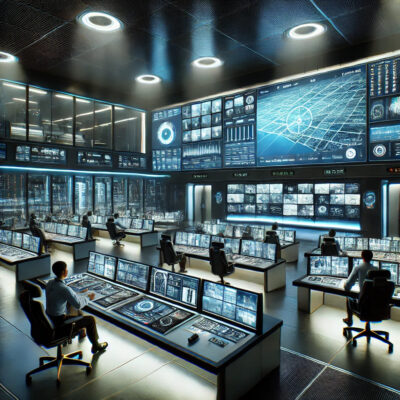
How to Optimize Your Security Control Room for 24/7 Monitoring Operations
A well-optimized Security Control Room is crucial for continuous and effective monitoring, especially in environments where 24/7 operations are essential. Whether it’s a Command and Control Center, Mission Control Center, Emergency Operations Center, or Network Operations Center, the design and infrastructure of the control room directly impact performance and efficiency.
Prioritize Ergonomics in Control Room Design
For 24/7 monitoring, operator comfort is a top priority. A well-designed control room should incorporate ergonomic furniture like adjustable desks and chairs that reduce fatigue. Consider the placement of monitors, control desks, and essential equipment to minimize strain and enhance productivity during long shifts.
Focus on Efficient Control Room Infrastructure
Infrastructure plays a vital role in maintaining seamless operations. Ensure that your control room has proper lighting, noise control, and ventilation. Well-lit yet glare-free environments reduce eye strain, while noise-controlled settings help operators maintain focus. The infrastructure should support 24/7 operations without causing operator discomfort.
Implement an Intuitive Command Center Layout
The layout of the Command Center should be intuitive and support quick decision-making. Operators should have easy access to essential tools and systems. Grouping related workstations or teams ensures smooth communication and faster response times in critical situations.
Enhance Coordination Across Control Rooms
In cases where multiple control rooms are linked (like a Network Operations Center coordinating with a Command and Control Center), clear communication and coordination are key. Establish standardized procedures and communication protocols to ensure everyone is aligned, especially during emergencies.
FAQs
1. What are the essential elements of a Security Control Room design?
The essential elements include ergonomic furniture, efficient lighting, noise control, and an intuitive layout that supports quick decision-making and minimizes operator fatigue during long shifts.
2. How can a Mission Control Center be optimized for 24/7 operations?
Optimizing a Mission Control Center involves designing it for continuous operation with ergonomic setups, proper infrastructure, redundant systems, and a well-planned layout for smooth coordination.
3. What is the difference between a Command Center and an Emergency Operations Center?
A Command Center focuses on day-to-day operations and decision-making, while an Emergency Operations Center is activated during crises to manage and coordinate response efforts.
4. How important is infrastructure in control room design?
Control Room Infrastructure is critical for smooth operations. It includes the quality of lighting, noise levels, ventilation, and the overall environment, all of which contribute to operator comfort and focus.






No Comments